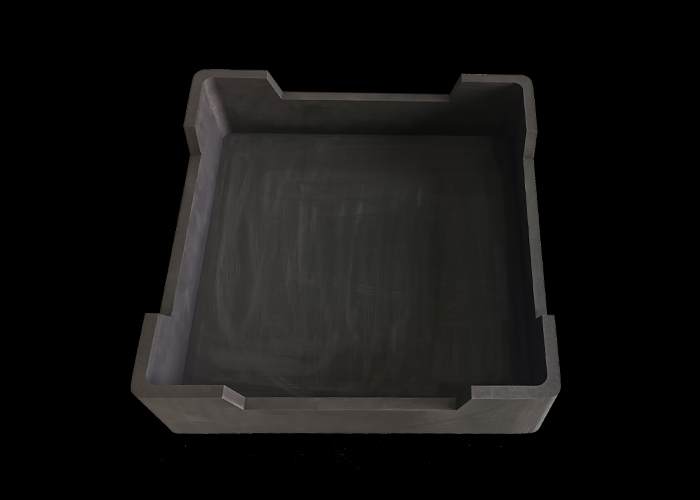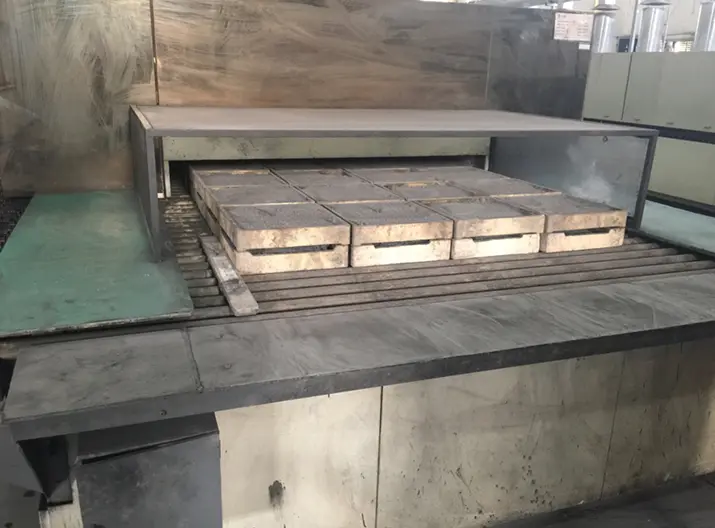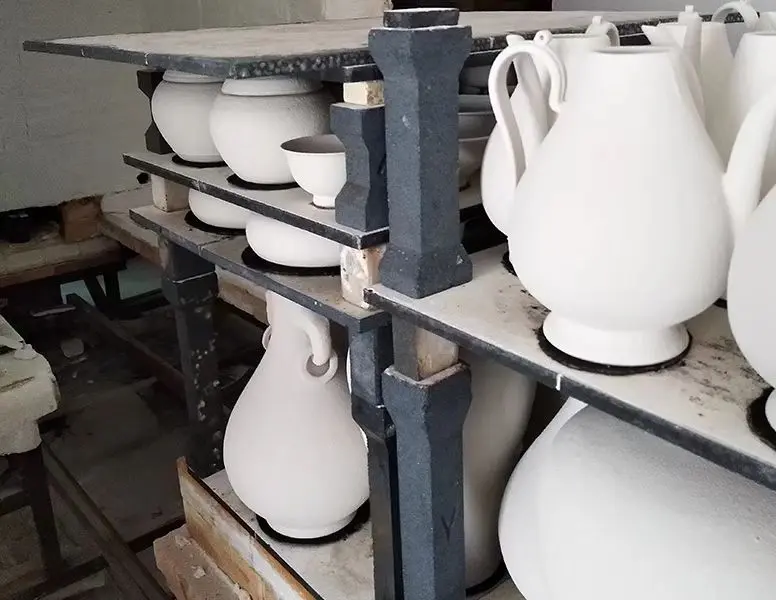Refractory Industry Status and Development: A Global Perspective
Current Status of the Refractory Industry
The global refractory market is valued at several billion dollars, with a steady growth trajectory anticipated over the coming years. The demand for refractories is primarily driven by the steel industry, which accounts for a substantial portion of refractory consumption. As steel production continues to rise, particularly in emerging economies, the need for high-performance refractory materials is becoming increasingly critical.
Geographically, Asia-Pacific dominates the refractory market, with countries like China and India leading in production and consumption. China, in particular, is the largest producer of refractories, benefiting from its robust industrial base and significant investments in infrastructure. However, the region is also facing challenges, including overcapacity and environmental concerns, which are prompting a shift towards more sustainable practices.
In North America and Europe, the refractory industry is witnessing a gradual recovery post-pandemic, driven by the resurgence of manufacturing activities and infrastructure projects. The focus in these regions is shifting towards high-quality, specialized refractories that offer enhanced performance and durability.
Development Trends in the Refractory Industry
-
Technological Advancements: The refractory industry is undergoing a technological revolution, with innovations in material science leading to the development of advanced refractory products. These include monolithic refractories, which are increasingly favored for their ease of installation and superior performance. Additionally, the integration of digital technologies, such as artificial intelligence and machine learning, is optimizing production processes and improving product quality.
-
Sustainability Initiatives: Environmental concerns are reshaping the refractory landscape. Manufacturers are increasingly focusing on sustainable practices, including the use of recycled materials and the development of eco-friendly refractories. The push for carbon neutrality is prompting companies to invest in research and development to create low-emission refractory solutions that meet stringent regulatory standards.
-
Market Diversification: As the demand for refractories grows in non-traditional sectors, such as renewable energy and electric vehicles, companies are diversifying their product offerings. This includes the development of specialized refractories for applications in solar thermal energy and battery production, which are expected to see significant growth in the coming years.
-
Global Supply Chain Dynamics: The COVID-19 pandemic highlighted vulnerabilities in global supply chains, prompting companies to reassess their sourcing strategies. There is a growing trend towards local sourcing and the establishment of regional supply chains to mitigate risks associated with global disruptions. This shift is expected to enhance the resilience of the refractory industry.
-
Investment in Research and Development: To stay competitive, refractory manufacturers are increasing their investment in R&D. This focus on innovation is essential for developing new materials that can withstand higher temperatures and corrosive environments, thereby meeting the evolving needs of end-users.
Conclusion
The refractory industry is at a pivotal point in its development, characterized by rapid changes and emerging opportunities. As global demand for high-performance materials continues to rise, the industry must adapt to meet the challenges of sustainability, technological advancement, and market diversification. By embracing innovation and focusing on sustainable practices, the refractory industry can ensure its growth and relevance in the global market for years to come.










